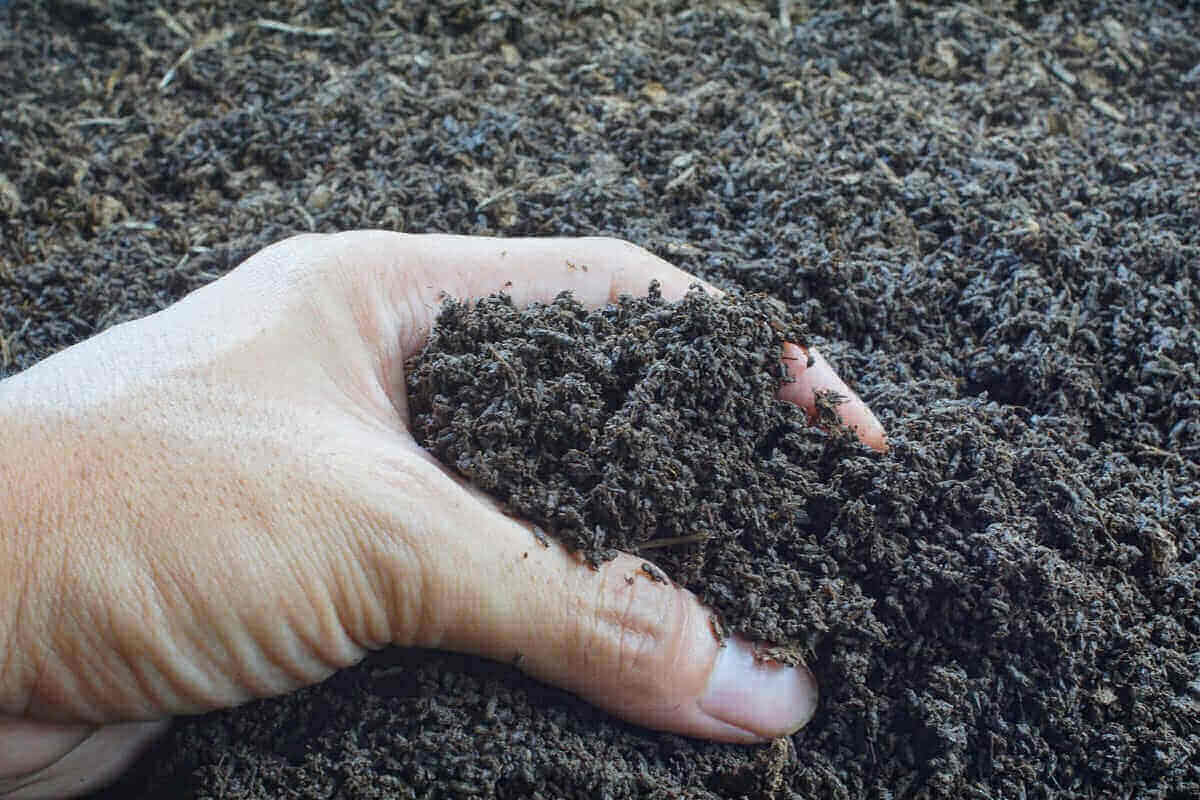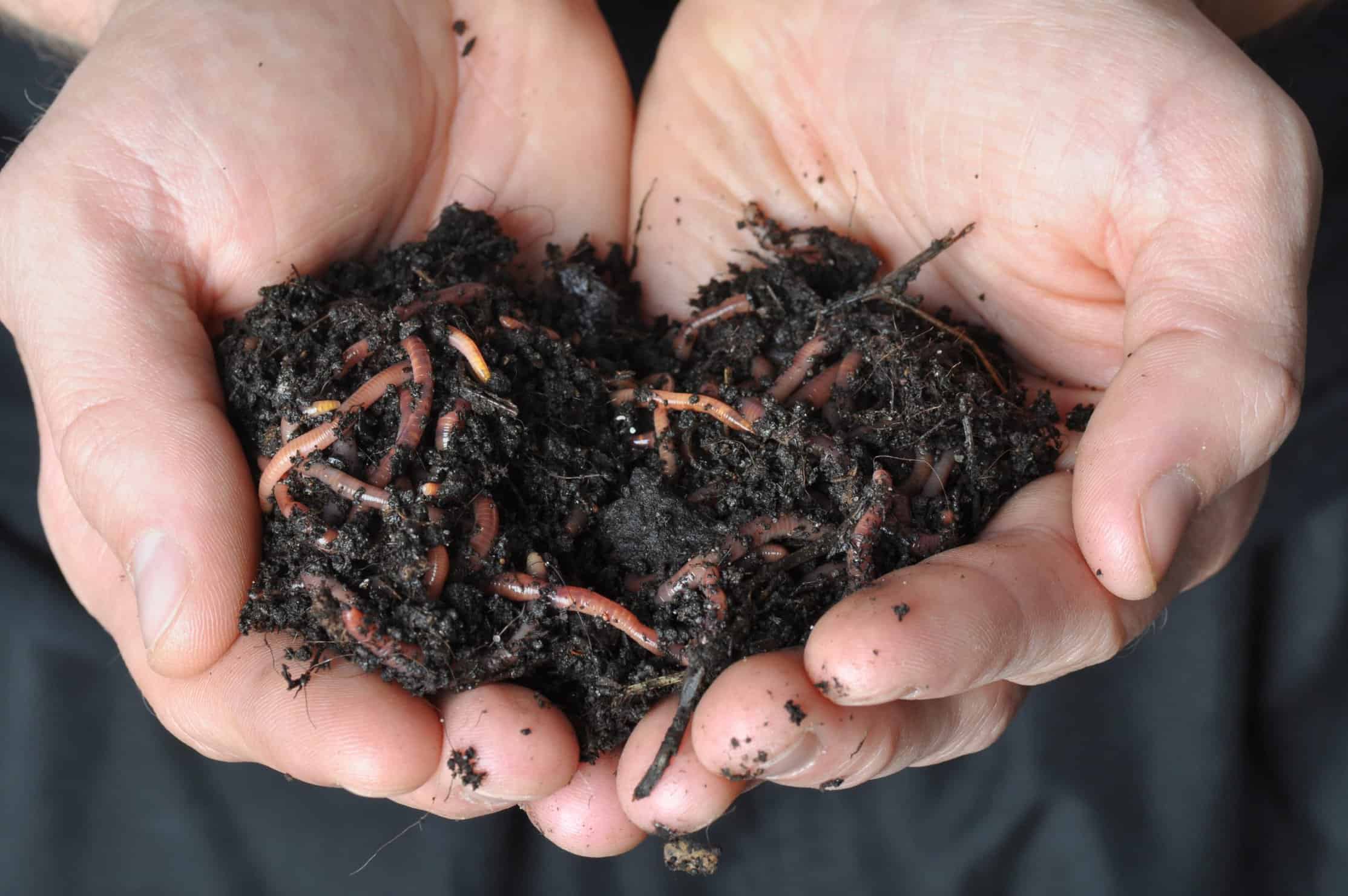Are Earthworm Castings Good for Plants? An Evidence-Based Exploration

Let’s get real about earthworm castings—beyond the usual marketing hype and “miracle” claims. After two decades of coaxing everything from finicky heirloom tomatoes to urban container orchids through unpredictable seasons, I’ve come to see earthworm castings as one of those rare “grandmother’s tricks” that actually lives up to its reputation—but only if you know how and when to use them.

The Quiet Power Lurking in Worm Castings
Most people imagine gardening breakthroughs are epic: some flashy new gadget or fertilizer. In my experience, it’s been subtle shifts that make the biggest difference—and worm castings are a perfect example.

Back in 2019, after years of mediocre yields and a never-ending battle with yellow leaf syndrome on my patio citrus—and at least three failed attempts with fancy slow-release spikes—I finally listened to an old-timer at our neighborhood community plot. He handed me a cupful of dark, crumbly worm castings with the kind of reverence usually reserved for fine wine and said, “Don’t dump this everywhere; just try a pinch.” That offhand tip shifted my approach completely.
Here’s why they work so quietly but effectively:
- Roots First: When our eyes are above ground, we forget about what's happening beneath. Earthworm castings create soil that feels pleasingly gritty and slightly moist—not soggy or dead-dust dry. Run your fingers through amended soil and you’ll notice roots spread easier, which leads directly to juicier tomatoes or sturdier snake plants.
- Nutrient Timing: Outdated advice says more is always better—especially with plant food. But after accidentally “cooking” (burning) my basil seedling root tips one summer with overzealous fish emulsion, I realized just how forgiving earthworm castings really are. You almost can’t overdose—a rarity among amendments.
- The Microbial Factor: This is the insider secret: it's not only what’s IN worm castings (nitrogen, phosphorus), but who is in there—endless communities of beneficial microbes working overtime. If you’ve ever noticed your compost pile heat up or steam on a cold morning, that's microbial magic in action. Good-quality worm castings deliver similar energy straight into your soil.
Personalized Application That Actually Works

Some universal rules don’t translate well to real gardens and real containers. For instance:
-
Seedlings & Indoor Starts
- Tested technique: Mix exactly 2 tablespoons per quart-sized pot for seedlings—any more is unnecessary (and yes, early on I dumped whole cupfuls before realizing bigger quantities weren’t helping).
- Tip: Before transplanting tomatoes outdoors, sprinkle just enough around each planting hole so it looks like someone dusted cocoa powder across the surface—not heaped like frosting.
-
Pots & Urban Containers
- Container plants crave nutrients but hate soggy roots; worm castings both feed and fluff up compacted media. For an average 12-inch pot, I budget about half a cup (measured with an actual kitchen scoop—trust me, eyeballing turns wasteful fast).
- After heavy rain (or city watering restrictions), top-dress with another tablespoon every 6–8 weeks; the difference in lushness compared to chemical fertilizers is dramatic by midsummer.
-
Worm Tea for Leafy Rescue
- My emergency protocol for shocked houseplants? Steep two hefty handfuls in cheesecloth overnight in a bucket—not directly on leaves but poured gently into already-moist soil.
- During last year's drought wave here in California, one weekly dose kept my bell peppers productive while neighbors’ capsicums sulked.
- Mistake avoided: Don’t let the tea sit beyond 24 hours—it'll turn sour-smelling fast.
-
Garden Beds—Less Is More
- Early days I made the rookie mistake of tilling huge amounts through entire beds—it was expensive and unnecessary.
- Now? I laser-focus: small scoops directly under transplants or sprinkled into furrows where seeds will go. The first time I did this solely along one row of ‘Sugar Ann’ peas? That row shot up greener and taller than any others—proof right in the foliage!
Questions from Real Gardeners (and Honest Answers)
Over the years in Master Gardener clinics and group meetups, certain skepticism comes up repeatedly:
- “Will earthworm castings fix everything?”
Absolutely not! They won't correct iron-deficient soils overnight or rescue plants drowning from poor drainage. - “Are some brands better?”
Yes—a muddy bag that smells foul probably wasn’t aged long enough or has mixed-in filler (I prefer local sources whose bins smell earthy like forest floor mulch). Expect $8–$15 per bag depending on region—a little goes far when used judiciously. - Failed attempt confession: Once tried making my own by tossing kitchen scraps into an impromptu bin; improper balance resulted in a fruit-fly explosion rather than black gold! Lesson learned: controlled vermicomposting matters if DIY-ing.
Measuring Results Like a Pro

Here’s how you’ll know casts are working:
- New leaf color deepens within 3–4 weeks
- Flower buds set earlier
- Soil feels springier underfoot or between fingers
- Water runs slightly slower through pots (meaning structure improved)
If nothing changes after six weeks…chances are either your soil was already healthy OR your supplier sold inert filler mistakenly labeled as casts.
Bottom Line From Years Of Dirt Under My Nails
Every garden setup is different—and comparing notes over backyard fences has taught me there’s no true formula except careful observation and patient experimentation. Start tiny; track results against control plants left untreated; tweak batch sizes—the magic lies as much in noticing as applying.

So next time you find yourself eyeing yet another bottled tonic promising instant results, consider giving those unassuming worm droppings a fair shake instead—the transformation won’t always be cinematic but nine times out of ten it’ll be exactly what your tired houseplant or fussy vegetable row needed all along.
And don’t forget: if something smells off or nothing seems different after trying high-quality casts for four weeks straight—circle back or talk to fellow gardeners! Years spent sharing both failures and triumphs have shown me that almost every “secret” grows best alongside great questions and honest mistakes.
Give it a shot—those invisible workers underfoot have been quietly cheering your garden on since long before anyone bottled their efforts for sale!



